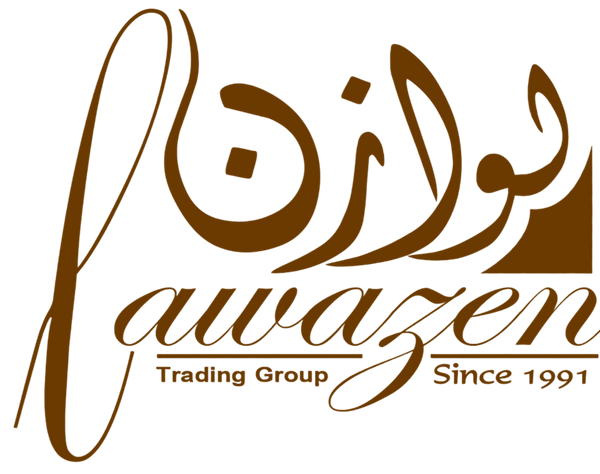سلامة الليزر
يُعدّ موضوع "التصنيع الرقمي" موضوعًا شائعًا. ففي المدارس والجامعات، تُعتبر أجهزة القطع، وأجهزة التوجيه CNC، والطابعات ثلاثية الأبعاد، وآلات التطريز، وقواطع الليزر أدواتٍ مهمةً للإنتاج الرقمي ، وتُقدّم كدوراتٍ تدريبية. وفيما يتعلق بآلة الليزر، تُطرح أسئلةٌ حول سلامة الليزر باستمرار: ما الذي يجب مراعاته وما لا يجب مراعاته عند استخدام قاطع الليزر؟ كيف يُمكنني تهيئة بيئة تعليمية آمنة لمختلف المستخدمين ذوي المعرفة الأساسية؟
بفضل تصميمها المغلق، تضمن قواطع الليزر من تروتك حماية مثالية لجميع المستخدمين . مفاتيح الأمان المتشابكة، والأغطية الواقية، وحواجز الضوء، ومستشعرات الحرارة تجعل قواطع الليزر من تروتك أكثر ماكينات الليزر أمانًا في العالم ضمن فئتها . تتوافق ماكينات الليزر من تروتك مع معايير CE، وتلبي متطلبات السلامة والصحة الواردة في توجيه الآلات الأوروبي 2006/42/EG.
ما يجب وما لا يجب فعله في المدارس التي تستخدم الليزر
-

✓ تقديم التدريب المنتظم:
اجعل التدريب الأساسي على آلة القطع بالليزر شرطًا أساسيًا لاستخدامها. يمكن تجنب العديد من الأخطاء من خلال التدريب الشامل على آلة الليزر. بالإضافة إلى سلامة الليزر، ينبغي التركيز على العمل بكفاءة مع آلة القطع بالليزر. يمكن أن تشمل هذه الدورة التدريبية وظائف آلة الليزر، وأساسيات برنامج الليزر، وتجربة أول قطعة عمل محفورة ومقطوعة بالليزر. تُحفز "شهادة إتمام" الطلاب على العمل مع آلة القطع بالليزر.
-

✘ اترك جهاز الليزر دون إشراف
عند القطع والنقش والوسم، يسقط شعاع ليزر على سطح المادة المراد معالجتها ويسخنها. نتيجةً لهذه الحرارة، قد تُزال المادة أو تتبخر تمامًا. ومع ذلك، إذا لم يتم ضبط طاقة الليزر بشكل صحيح، فقد تشتعل المادة أيضًا. لذلك، يجب عدم ترك جهاز الليزر دون مراقبة.
-

✓ استفد من برنامج الليزر:
تضمن وظائف برنامج الليزر المختلفة استخدام طلابكم لليزر بأمان. على سبيل المثال، في قاعدة بيانات المواد المرفقة ببرنامجنا، يُوصى باستخدام معلمات القطع والنقش لجميع المواد الشائعة. يمكنك تقييد وصول طلابك إلى قاعدة بيانات المواد: يمكنك تعطيل الميزات التي تسمح للمستخدمين بتغيير معلمات الليزر أو حذفها أو إعادة تسميتها. هذا يحمي المستخدم وجهاز الليزر.
-

✘ معالجة المواد غير المناسبة
بعض المواد غير مناسبة للنقش أو القطع بالليزر نظرًا لتركيبها الكيميائي الفريد. عند معالجة هذه المواد، قد تنتج غازات أو غبارًا خطيرًا. تجدون أدناه قائمة بالمواد المناسبة وغير المناسبة للمعالجة بالليزر.
-

✓ احجز الآن واستمتع باللعب:
في أي أيام وأوقات يمكنني، كطالب، قصّ ونقش تصاميمي على آلة القطع بالليزر؟ ما هي المدة التي يمكنني استخدام آلة الليزر فيها؟ يُمكن لنظام الحجز الإجابة على هذه الأسئلة. يُتيح لك جدولة استخدام الليزر تجنّب "الانتظار" عند آلة القطع بالليزر، ويُقلّل من الجهود التنظيمية.
-

✘ تجاهل الظروف البيئية
يضمن اختيار البيئة المناسبة ومكان التركيب المناسبين تشغيل قاطع الليزر بسلاسة وأمان. خصص غرفة أو منطقة منفصلة لقاطع الليزر، مع توفير مساحة لنظام العادم والمواد.
-

✓ شخص اتصال مركزي واحد:
تتميز آلات تروتك بسهولة صيانتها. إذا استخدمها مستخدمون متعددون، فإن وجود مسؤول اتصال مركزي (يُشبه "مرشد الليزر") يُمثل قيمةً لا تُضاهى. يتولى هذا الشخص مسؤولية تشغيل آلة القطع بالليزر: دعم المستخدمين، وتحليل الأخطاء، وصيانة الآلة، كلها تقع ضمن مسؤولياته.
-

✘ اترك المشاريع دون محاولة
ما لا يجب عليك فعله بالتأكيد: ترك مشاريعك دون محاولة القيام بها!
؟ المواد التي لا يجب معالجتها بالليزر
هناك بعض المواد التي لا يجب عليك استخدامها تُنقش أو تُقطع بالليزر بسبب تركيبها الكيميائي. تُنتج معالجة هذه المواد غازات أو غبارًا خطيرًا. تشمل هذه المواد:
- الجلود والجلود الصناعية التي تحتوي على الكروم (VI)
- ألياف الكربون (الكربون)
- بولي فينيل كلوريد (PVC)
- بولي فينيل بوتيرال (PVB)
- بولي تترافلورو إيثيلين (PTFE/تفلون)
- أكسيد البريليوم
- أي مواد تحتوي على الهالوجينات (الفلور والكلور والبروم واليود والأستاتين) أو الراتنجات الإيبوكسي أو الفينولية
⚠ يجب الحرص على التعامل مع المواد التالية:
- المنغنيز
- الكروم
- النيكل
- الكوبالت
- نحاس
- يقود
توخَّ الحذر الشديد عند معالجة المواد "المثبطة للهب" لأنها غالبًا ما تحتوي على البروم. بالنسبة للمواد المثبطة للهب، يُفضَّل سؤال الشركة المُصنِّعة عن المكونات الدقيقة.



